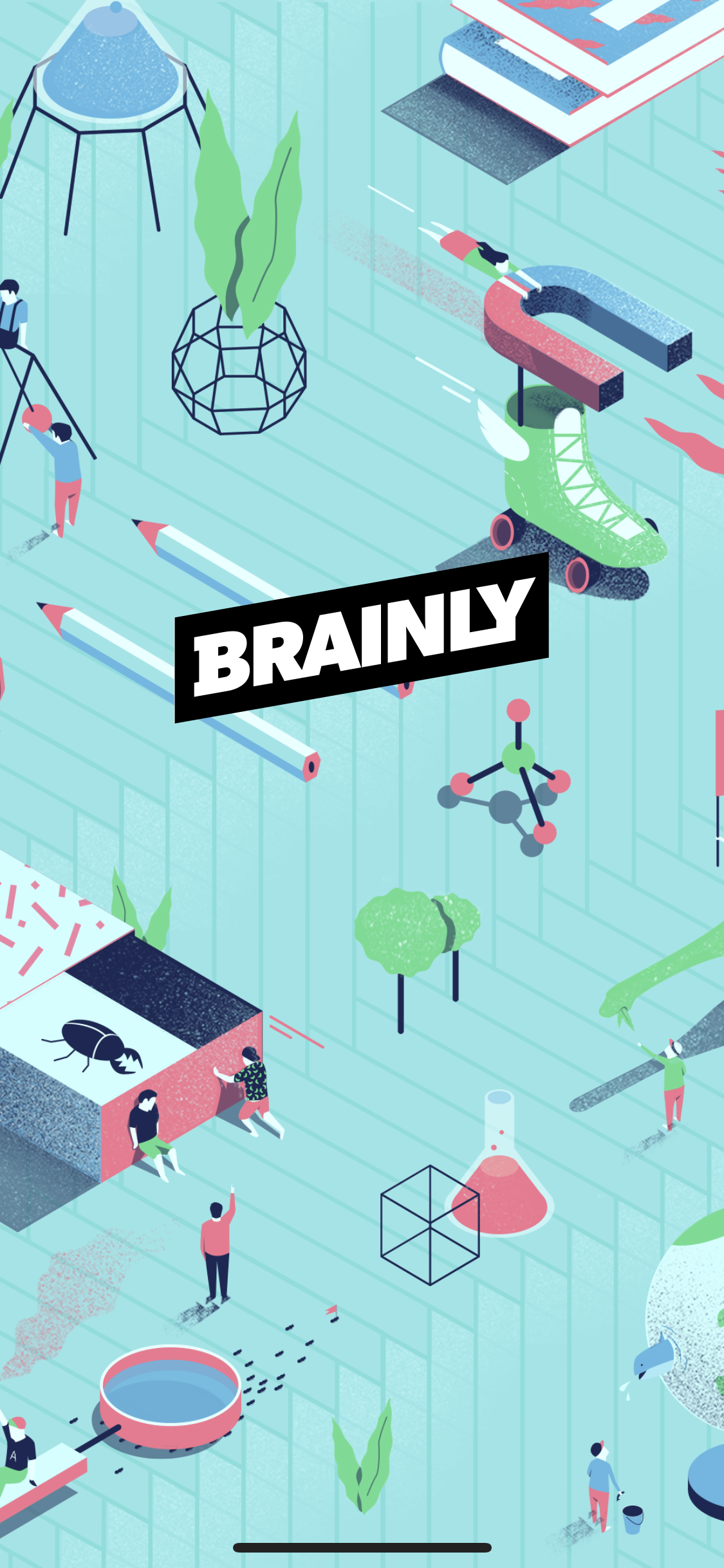how do we see colors brainly
Color is completely a phenomena of your eye. Light receptors within the eye transmit messages to the brain which produces the familiar Brainly User Brainly User.
Have you ever wondered how we see color.

. Newton observed that color is not inherent in objects. And blue or yellow. These signals get sent to the brain through a complex network of neurons and synapses.
In addition to the names referenced at the end of this v. For example orange is seen as reddish-yellow while turquoise is seen as greenish-blue. The resulting signal is zapped along the optic nerve to the visual cortex of the brain which processes the information and returns with a color.
Have you ever taken a bite from a bright red apple and wondered why it looks red to you. Since both reds and greens are formed by only one color opponent channel we can never see reddish-greens. Jessi and Squeaks talk about how our eyes and brains help us see col.
Your eyes have three kinds of color receptors red green and blue. If the material does not absorb a. Rather the surface of an object reflects some colors and absorbs all the others.
Most materials absorb light of some frequencies and reflect the rest. If a material absorbs a certain frequency of light that frequency will not be reflected so its color will not be perceived by the observer. Light receptors within the eye transmit messages to the brain which produces the familiar sensations of color.
Since the three types of cones are commonly labeled by the color at which they are most sensitive blue green and red you might think other colors are not possible. All colors are seen by the brain as the following combinations. The brain then perceives those signals as color.
In the daytime a lemons reflected light activates both red and green cones. The human eye and brain together translate light into color. Eye contains three types cells cones redblue green these are activated by different wavelengths of light in different way and generate different colors you see.
The absorption and reflection of light waves by various materials results in human perception of color as follows. After the nerve impulses are processed you see a color in this case yellow. Scientists estimate that the average human can distinguish over a million different colours.
Seeing is the process that your eyes use to collect information and send it to your brain. For example by comparing the response of the middle-wavelength and long-wavelength cones a ganglion cell determines the amount of green-or-red. But that is not true for everyone.
The ganglion cells add and subtract signals from many cones. When you see objects you just receives light reflected or refracted from those objects which is perceived by your eye as color. So how do we see all the amazing pallet.
For example the color yellow results from green and red cones being. Similarly we can never see bluish-yellows. The brain processes the number of cones that were activated and the strength of their signal.
Bees have three types of cones to see color ie RGB but their cones look for green blue and ultraviolet light. But it is the overlap of the cones and how the brain integrates the signals sent from them that allows us to see millions of colors. The result of these steps for color vision is a.
The cones and rods react to the light and encode it into signals that the brain can read. But where the visual perception algorithms in the brain get really interesting at least to me is in the realm of color. How do we see Colors.
That reflected light enters the eye where the lens focuses it toward cones and rods. Perceiving is how your brain takes that information and makes sense of it. The human eye and brain together translate light into color.
This video provides a general overview on how we see color. Despite neuroscientists not being able to definitively end the age-old question of whether we can see red and other colors the same way science dictates that color is a basic factor of life that. The cones then send a signal along the optic nerve to the visual cortex of the brain.
Dogs have two kinds of cones to see colors so they see the real-world just like some people with red-green color blindness do.

How Many Colors In A Rainbow Worksheet Education Com Kindergarten Writing Paper Creative Writing Tips Rainbow Writing

Correction The Colored Square On Your Toothpaste Tube Means Nothing Toothpaste Colors Toothpaste Natural Medicine

Steps To Locating The Epicenter Of An Earthquake Earthquake Epicenter What Is An Earthquake

Nervous System Study Notes Pastel Colours Follow Motivation2study For Daily Inspiration School Organization Notes Study Notes Nursing School Notes

Elabora En Una Hoja De Trabajo Un Organizador Grafico De Tu Eleccion Sobre La Base Del Texto Brainly Lat

Brainly App Icon App Icon Ios App Icon Design Ios App Icon

For My Friend From Brainly Pinterest

How To Make Color Wheel By Simple Method Brainly In

Color And Shade What Color Can Do For Your Project Color Theory Color Psychology Color Wheel

E Learning Platform Header Learning Website Design Elearning Learning

What Would You Accomplish As A Dancer If There Were Zero Restrictions Dance Dance Parents Bible

Elabora Un Mapa Mental Acerca Del Aprovechamiento De Los Recursos Sustentables Presentes En Venezuela Brainly Lat

Brainly Company Logo Vimeo Logo Tech Company Logos

Unavailable Listing On Etsy Inspirational Quotes Hand Lettering Canvas Quotes

Give Answers On Brainly App Video Answers Solving App

After Selecting The Slide Master Tab Within The View Tab Which Actions Can A User Take To Brainly Com



